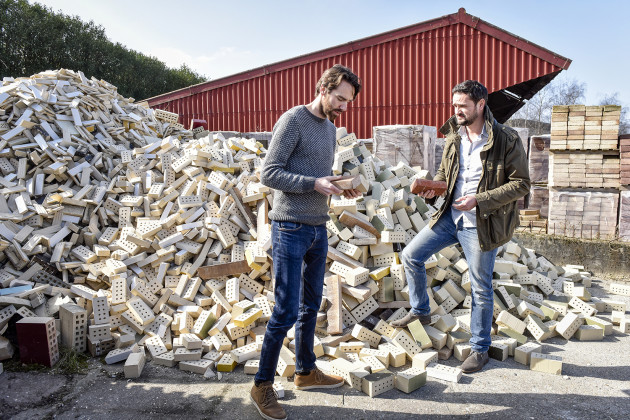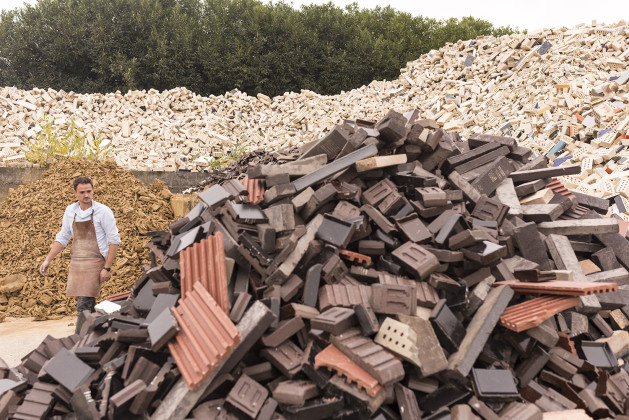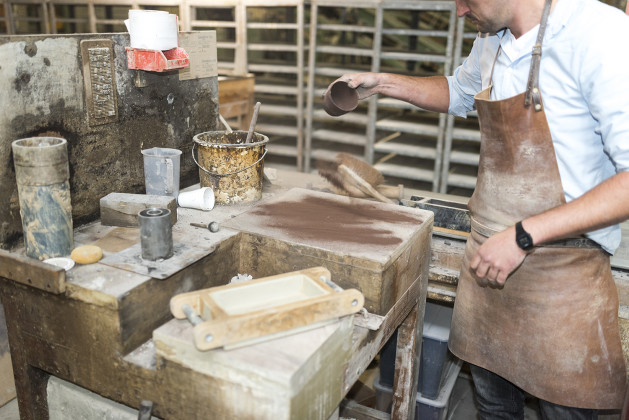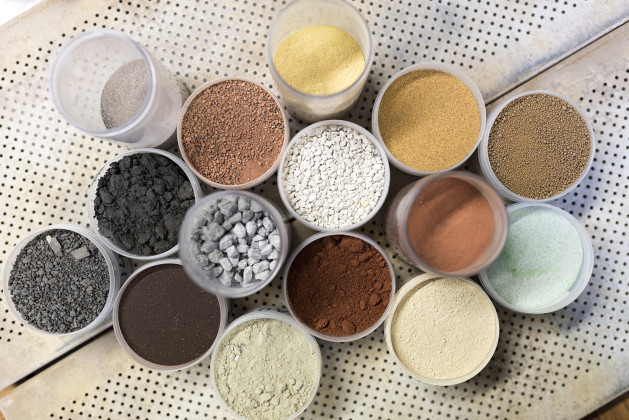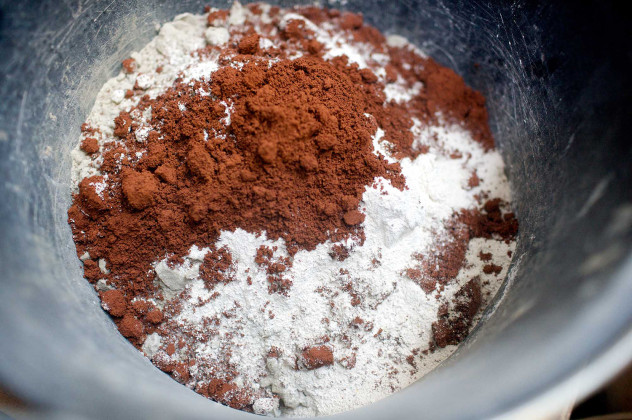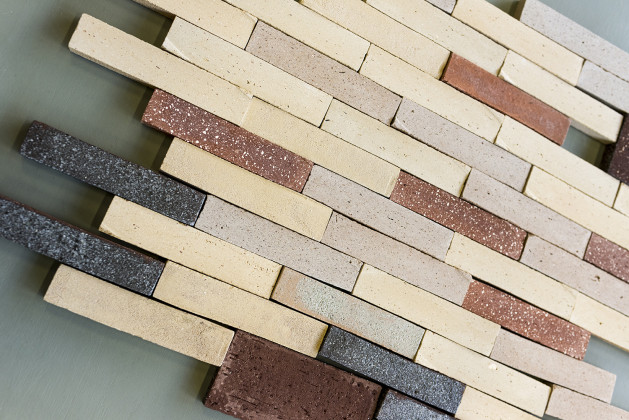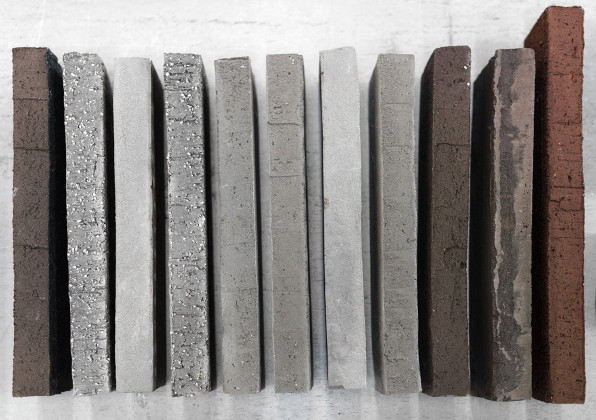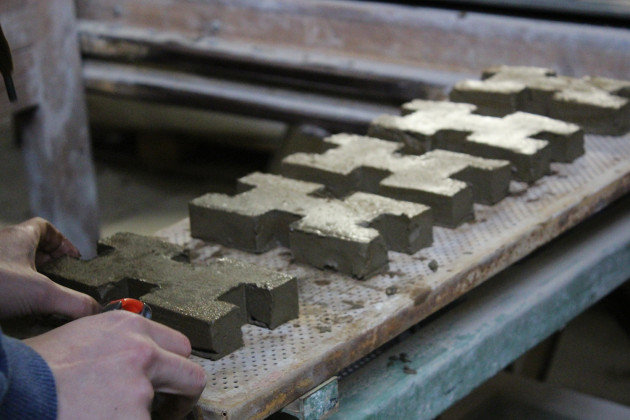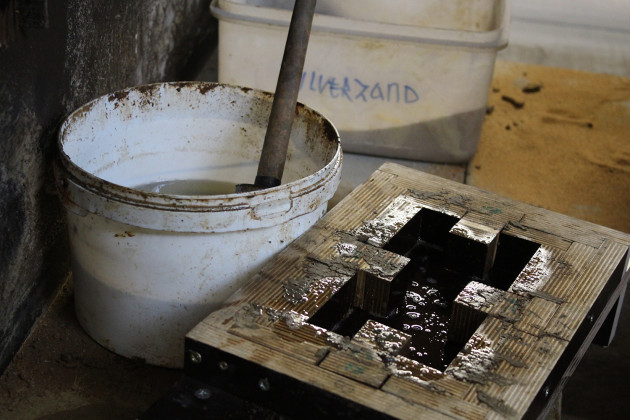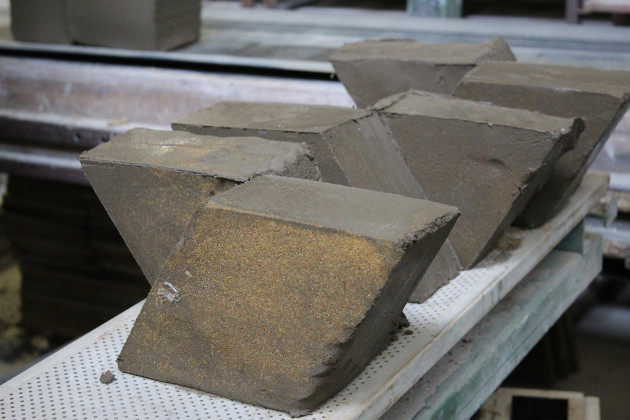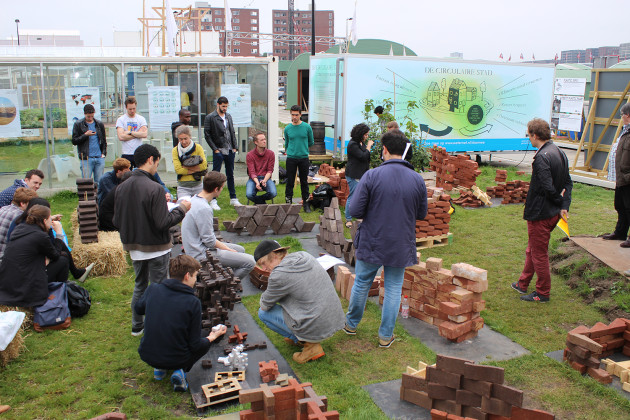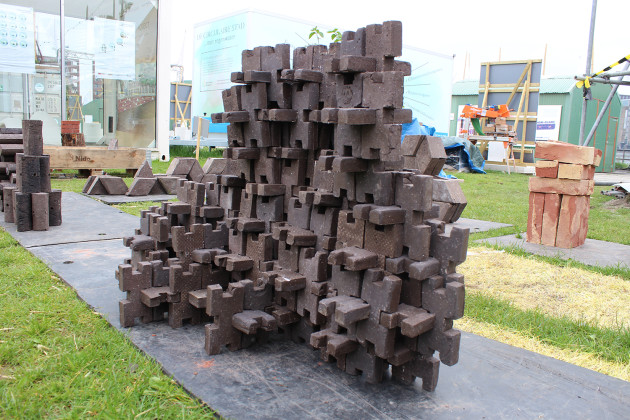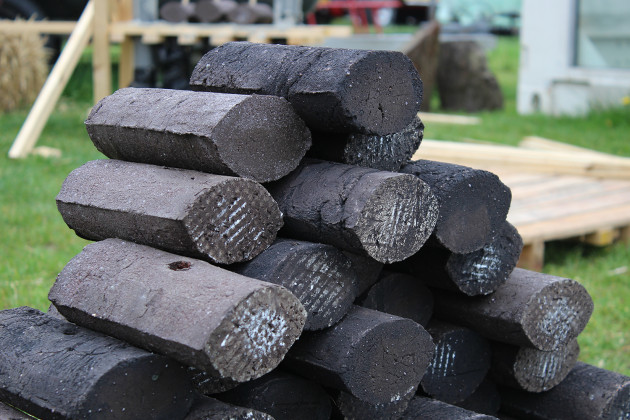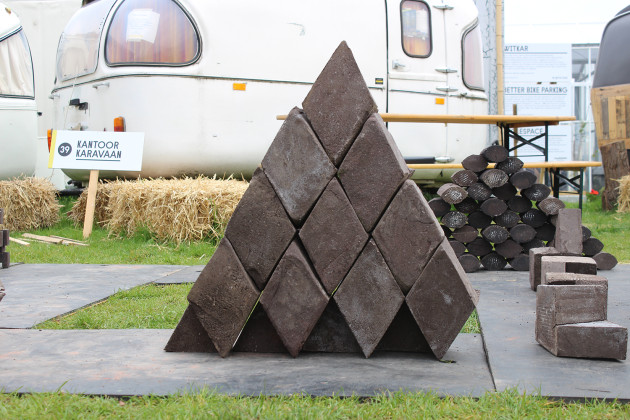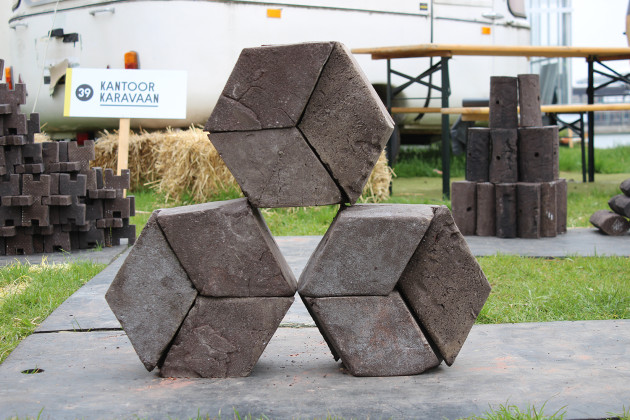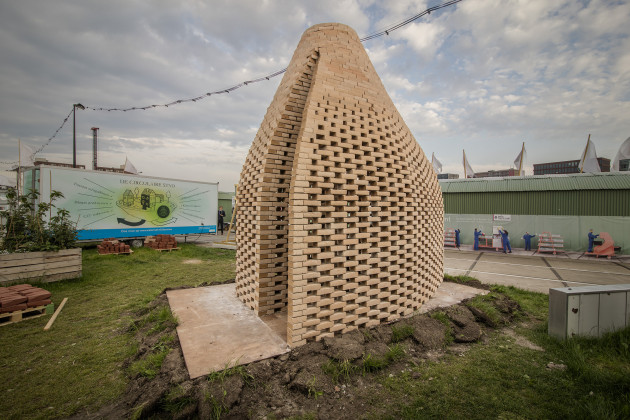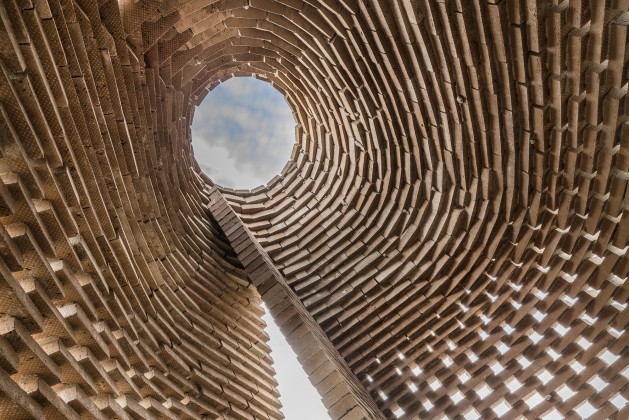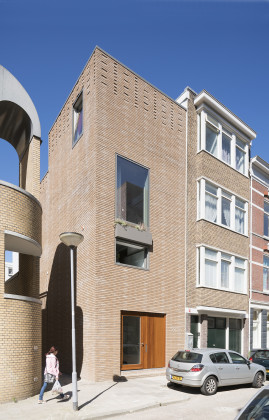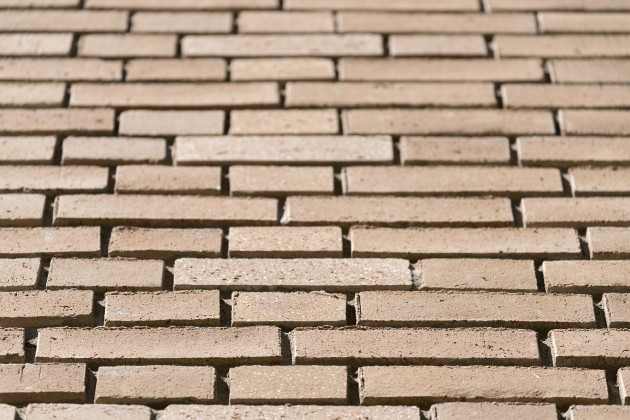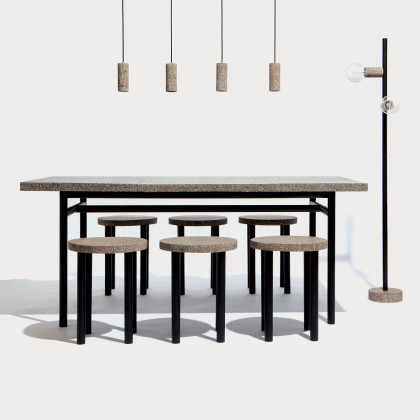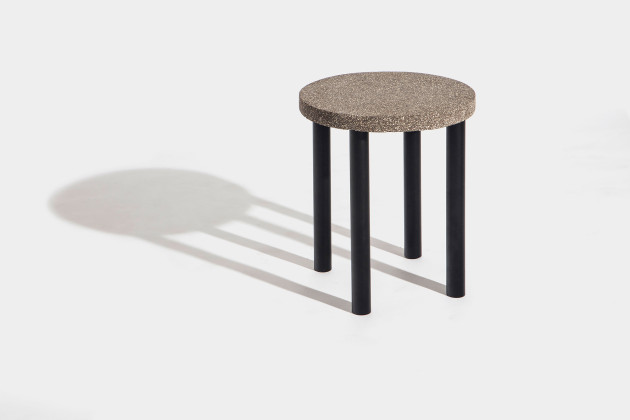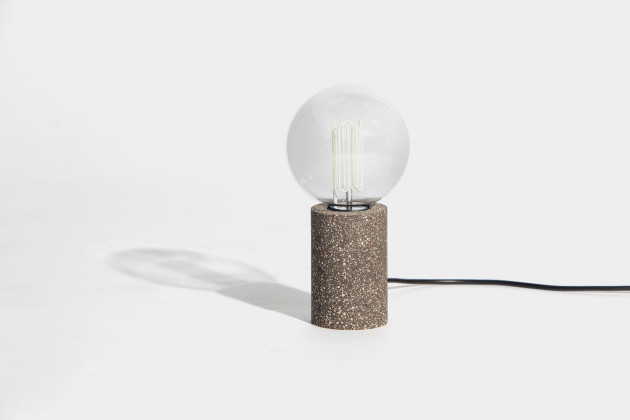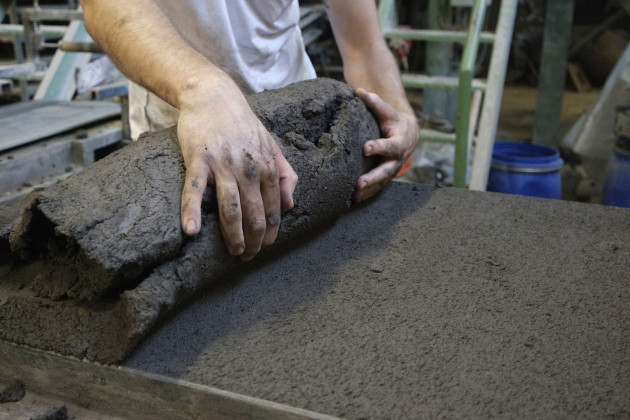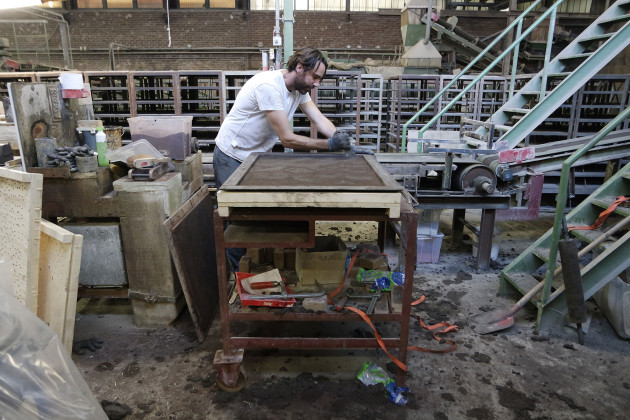Design by Experiment
StoneCycling, as a Dutch startup, collects demolition debris and transforms it into new materials at time of rapid construction and consumption. We talked with Ward Massa, the co-founder of StoneCycling, about their story, main motivations and projects
Dirim Dincer: We are living at time of rapid consumption. There are new ways of understanding environmental consciousness on various levels. One of these new ways is the Circular idea; which happens to be your key concept. What was it that bothered you that you ended up starting this project? What was the driving force behind setting up the StoneCycling?
Ward Massa: We got into this business with my colleague, Tom. He was studying at the Design Academy Eindhoven, and in 2011, he was doing his graduation project at a time when the economic crisis of Europe was at its peak. Eindhoven is a former industrial city and has a lot of empty buildings, because no company wanted to rent spaces anymore. That was a big problem for Netherlands. He visited one of those buildings and thought, “Ok, they demolish the building; but what happens to the material?” And he started to investigate that. He found out [that] most of the materials from demolished buildings are used as filling for new roads. That is considered as recycling; but we see it as downcycling, because you turn the material into something that has qualifications you can’t make use of. This idea of using materials from demolished buildings came to Tom after that. Old tiles, glass, brick; insulation materials like stone wool… He builds a blender similar to the one you use for juices in the morning, but it is an industrial one which gives you very nicely colored powder. He thought of putting this into the oven again, and after experimenting for a long time, he was able to make actual, stable materials. As I mentioned, that was back in 2011, and the whole idea of the circular economy was not really there yet. Everybody talks about it now. At that moment it was not something that was really important. He presented that in the graduation show at the Design Academy, and graduated with a 6/10—which is not so good. But a lot of people—architects, designers or building construction companies—came to him, saying that this was really interesting and that he should keep working on that. We already knew each other our whole lives; so he approached me, and we ended up having this project.
DD: And you also produce WasteBasedBrick. Why did you choose brick as a construction component? What makes your product different compared to traditional brick, and brick making?
WM: We started to present materials, but it was hard to sell them. Who is going to buy “a material” without knowing what it is used for? Building from waste was fairly new when we had the first product, and a lot of people were skeptics about it. Some people were saying that it was not possible; that it was not strong enough, or that it wouldn’t last long, etc. So we thought that if we tried to make a product that looks very similar to what everybody knows; people may become less skeptical. So in 2012-2013, we picked our first product as the symbolic cornerstone of the building industry, i.e. brick, which is very common in Western Europe. We created WasteBasedBrick, and tried to develop it. We visited the architects to show our products; and got feedbacks from them. But there was a problem; they would say: “It is a nice way of using waste; it is an interesting story, but why would you make something that is already there?” We needed to do something extra. So Tom broke one brick right in the middle; and it was red, with white dots. All of a sudden we thought this would be nice. We started to work on that concept, and developed many colors and textures. That gave us a chance to build with a material that is already centuries old, being made from waste, but also with new colors and textures. Our effort is to make brick sexy again. It is a slow process, but it works.
After the first product, we needed something built by our material, because one brick is just one brick. If we wanted to make an impact, we had to make something out of it. We talked to three different stakeholders to sell our products: the real estate developers that pay the bills for buildings to be built, the construction companies which do the actually building, and the architects who design the building. So the architects loved it; but why would a real estate developer spend extra money on the material? Then, when we tried to find new ways to make that happen, we came up with the idea of international companies’ flagship stores. If you go to the city center, you can find all kinds of them, like Nike, Adidas or any other high-level brands. They also have corporate social responsibility missions; things like “we only source from good sources.” So to the real estate developers, we said, “if you build with this brick, you may spend a little more money but you can tell companies like Nike, Ikea, and such that the end result is a sustainable building, and the company can tell their customers that these walls are made from waste.” With the real estate developers, we slowly got to the level of willingness to invest. Construction companies were more skeptical than that, because they earn their money specifically by buying the materials. We only do direct business with the end result customers, and we don’t tell the real estate developers that the brick is 1 euro when it is actually 60 cents, with the builder earning that 40 cents. So that becomes a problem when the builders do not earn money from our product. The second thing is that the building companies in Holland are responsible for the quality of the buildings for the duration of ten years; which means that if something goes wrong in the next ten years, the construction companies have to pay for repairs. I think that this is the biggest problem for innovation, because it prevents builders from using new materials. They want to use materials that they already know and use for over 50 years, which makes sense for them.
Last year we built our first house in Rotterdam. It is interesting because we talked to the big real estate developers, who have a lot of money; and we talked to the personal house owners. Let’s say when something goes wrong, the real estate company can easily find enough money to cover for it, but the personal house owner cannot. And yet, the personal house owner is always far more willing to invest extra money in our products than the professional companies are, although they are taking way more risks. So we found a couple who were about to build a house in Rotterdam, and we did it.
DD: How does the system work in StoneCycling? How do you pick your sources and what is the process? Do you have any favorites?
WM: There are construction and demolition wastes. At the beginning, we started with the demolition waste—it is the cheapest way. Working with a few bricks is fine for laboratory skills, and you can use containers, but when we wanted to scale up and produce 30.000 bricks, a truck was needed. Besides, the quality of waste differs every time, which is difficult for us. Now we switched from construction waste to industrial waste. We visit brick, roof tile and glass factories in the area where we produce. They produce certain waste streams which are always in the same quality and at very large quantities as well. If we use that waste, we can at least be sure that the quality will be the same. At the same time, we are working with demolition companies, and telling them that if you demolish the building in a more specific way like putting bricks on one side and tiles at the other, then we will be able to use them better, and we can pay you for that material. Previously, they needed to pay money to others to get rid of them, but all of a sudden we were willing to pay for them. That created an extra margin for them to put more effort into demolishing.
Another really interesting material, which is also my favorite, is everything you throw to the garbage—domestic waste. In Netherlands, they burn the waste and make electricity out of it, but they can’t do anything with the leftovers. We put those into the building materials as well. We are doing a pilot project where they will pull down a neighborhood, and we will use that waste to make products; and these products will be used again to build new houses in that neighborhood.
There are different areas in recycling. For example when you have an old washing machine and you put it away; and somebody else maybe fixes and uses it again—that is recycling for us. You have a building; you break it down, and you use the waste for filling the roads, and that is downcycling. And there is upcycling, which is what we want to do; and that is transforming materials from waste into new materials. We make new recipes out of them. Tom works in the kitchen like a chef creating recipes. And we put the material into the oven and we bake it again. After it is baked or exposed to fire, you have a product that you can use. We experiment, depending on what we want to use the material for. Once we tried to make something completely different, but another interesting thing came out of the oven. We didn’t understand why that had happened. After many trials, we understood that there was always a reaction between materials, so we learned to manage that reaction, and also to create it.
DD: Who do you collaborate with?
WM: We—me and my colleagues—do not have any experience in brick making. We didn’t have any bricks prior to 2-3 years ago, and also we didn’t know much about the real estate sector. What we realized is that we are good at making a product, and telling a story to the market. So we decided to try and stay as a small company and work together with the existing companies from the world. Especially in Netherlands, there are a lot of brick manufacturers and production companies that have been doing this for hundreds of years, so rather than having our own factory, we decided to go to these experienced companies and ask them whether they would want to work with us. In the upcoming years, we want to do this for different countries, too. Because if you use waste from Holland, make your product in Holland, and put it on a boat to the America and use it there; that does not make sense. We already get questions from production companies in the U.S., Australia or South Africa asking if they can do the same thing with us. That will be next step. A lot of our work is about reaching, talking and putting things on the agenda and saying that if we want to live in a sustainable world, we have to close loops. We have to start using the waste and do something with it. By giving a lot of presentations and talking to a lot of people, we are always trying to show what the materials can do. We started to receive a lot of requests from designers making lamps, tables and such; asking us if they could use our materials. Every year, we choose one designer to make something together with. Do you own a house?
DD: No, I rent.
WM: Will you build a house soon?
DD: No; I guess.
WM: Most people will not either; especially those living in the big cities, because it is super expensive. But if we make a small lamp; you can put that on the table and when your friends come over, you can tell the story of how that lamp was made of waste. It actually really works; because lamps are part of personal space; and people like telling that story. This way, we are slowly getting surrounded by products made from waste. So that is one of the collaborations that we do. And now we are working on new products with tile companies.
DD: You have branches as design studios, and as projects as well. What are the differences in terms of working principles and collaborations, etc?
WM: We want to make an impact; and we can do that through two variations: You can either upcycle with as much waste as possible, because upcycling 1 million kilos of waste is better than upcycling 1 kilo of waste. That means you have to make as many new products as possible. The second way is to tell the story and send the right message. Design studios are to create products that while they may not be made of a lot of waste, they nevertheless tell a story; like a lamp, a table or something like that. We present ourselves as a design company, which also means that we get the best the architectural firms across the world connecting us. Because we work close to the design world, we can get very good clients, like big fashion brands redoing their stores and asking to use our materials. In everything we make, we try to look from the design perspective. We strive to create something that has an impact, something that carries something strange within it, or at least something that the people will talk about.
DD:How about pricing policy? StoneCycling does not seem accessible to everyone.
WM: Yes, our products are quite expensive. One of the reasons is that it is a new process, and we are such a small company, and we need prices to keep doing what we do. This is a choice. Only a few projects in the world can afford this. Mostly museums, office buildings, private houses and such. It may sound a little strange, but the reason why we do this is that these buildings are so unique that they get a lot of publicity. For us, this is the ideal way of promoting. If you just build a house in a random neighborhood that is not exciting in design; then nobody really cares. So we chose to put upcycling on the map. When we have more experience in production, products can get cheaper. Everybody can build with it. But realistically, when we have success, our competitors will come and offer to do the same thing cheaper, which is fine for us, because we constantly want to be at the forefront of innovation. Now we have WasteBasedBrick; we are working with the product which we do not have to put into oven anymore; you save all that energy in the fire process. We do not have the ambition to be the largest production company in the world; but we do have the ambition to constantly be at the forefront of the innovation.
DD: Why should design and waste be considered together in terms of a new way of thinking?
WM: Other than the upcycling agenda, if you go to a normal brick company, they only make red brick. We now use different raw materials, and the color does not turn red anymore. What we realized is that with a design-based thinking approach, if we let go of the idea that a brick should be red, a range of new possibilities open up. All of a sudden, we had purple bricks, and purple can also be an interesting color. I think this idea of not putting yourself in little boxes, and being open minded, works well for us. And that also allows us the try new things.
Related Content:
-
Radical Heritages
Invited by the Department of Interior Design at Istanbul Bilgi University, Prof. Graeme Brooker, Head of Interior Design at the Royal College of Art, London was in Istanbul for workshop and public talk. Looking at Radical Heritages, the workshop focused on a Han in Eminönü, while the public talk at SALT Galata presented a broader overview and positioning for the future of interior design. Can Altay, Head of Interior Design at Istanbul Bilgi University, who hosted Brooker in Istanbul has interviewed him on how interior design, as a spatial discipline deals with the existing spaces, and its role in the future of the built environment (or the world as we know it).
-

Biological House
-

Infinite Arrangements
-

Dwelling in Disguise
 10.08.2017
10.08.2017



